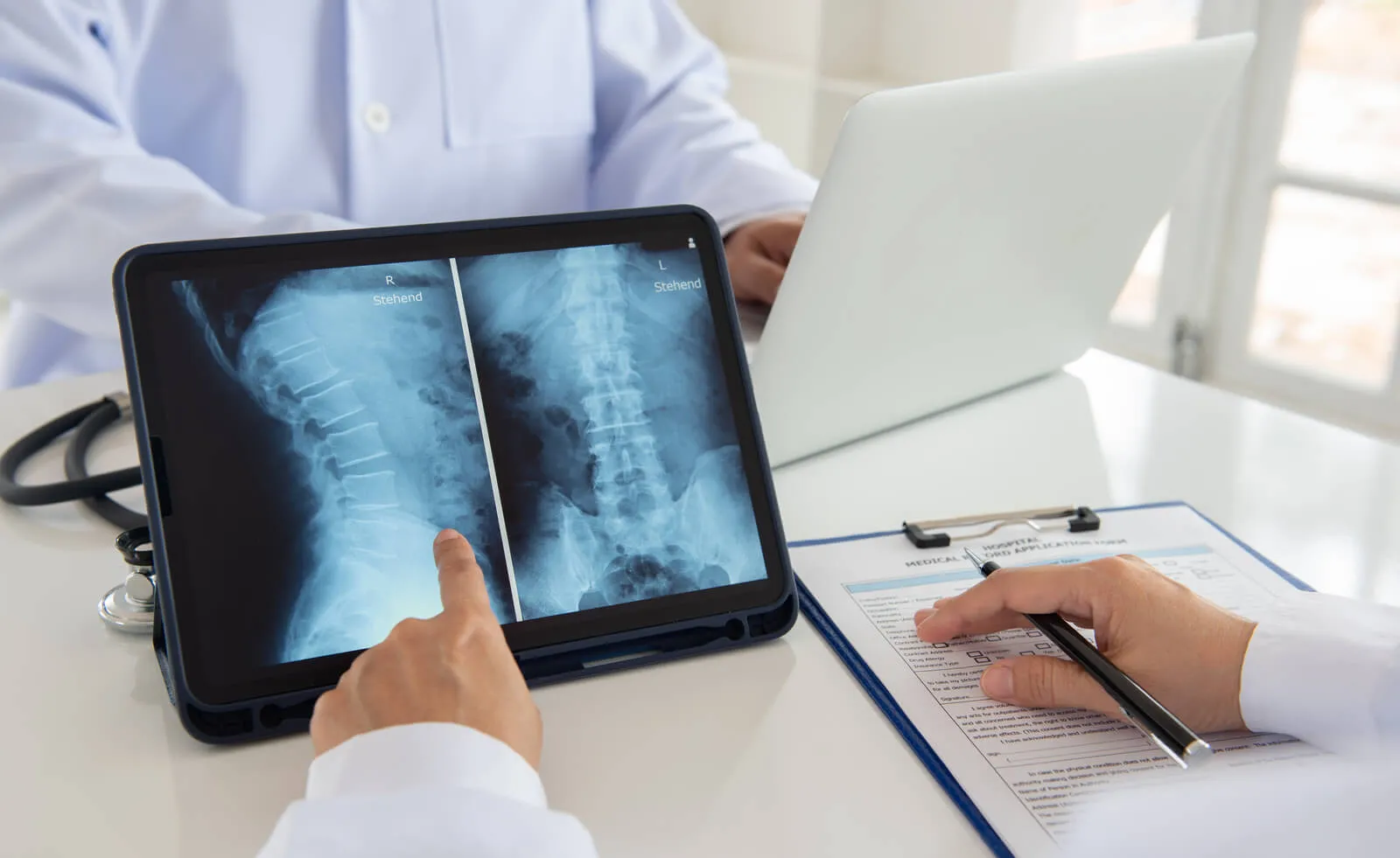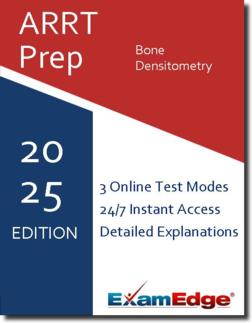ARRT® Bone Densitometry (BONE) Practice Tests & Test Prep by Exam Edge - Blogs
Based on 37 Reviews
- Real Exam Simulation: Timed questions and matching content build comfort for your ARRT Bone Densitometry test day.
- Instant, 24/7 Access: Web-based ARRT Bone Densitometry practice exams with no software needed.
- Clear Explanations: Step-by-step answers and explanations for your ARRT exam to strengthen understanding.
- Boosted Confidence: Reduces anxiety and improves test-taking skills to ace your ARRT Bone Densitometry (BONE).

Exam Edge Blogs for ARRT Bone Densitometry

ARRT Certification Requirements: Your Step-by-Step Guide
Pursuing your ARRT certification can be one of the best career decisions you make. It opens a wide variety of career options that are both financially...
Read More
4 Study Tips to Passing the ARRT Bone Densitometry Exam
The American Registry of Radiologic Technologists (ARRT) is the nation’s leading organization for the education, verification, and promotion of ...
Read MoreExam Edge Blogs for ARRT Bone Densitometry

ARRT Certification Requirements: Your Step-by-Step Guide
Pursuing your ARRT certification can be one of the best career decisions you make. It opens a wide variety of career options that are both financially...
Read More
4 Study Tips to Passing the ARRT Bone Densitometry Exam
The American Registry of Radiologic Technologists (ARRT) is the nation’s leading organization for the education, verification, and promotion of ...
Read More

